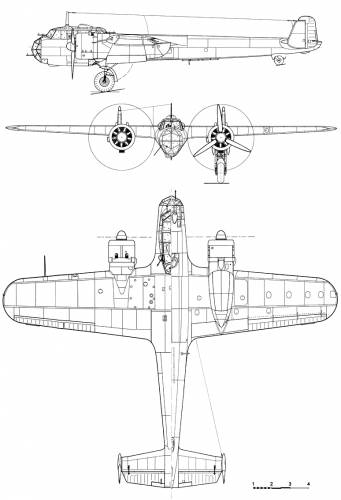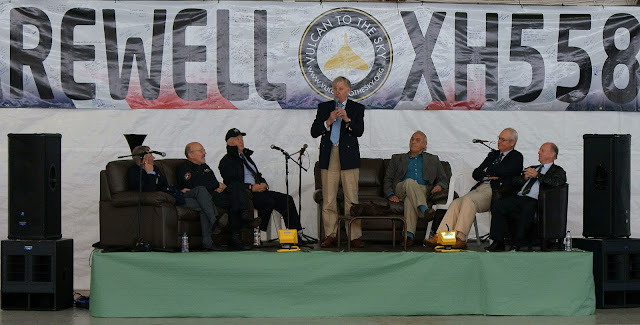 |
| Darren Priday |
Darren is responsible for the conservation of the RAF Museum aircraft and was closely involved in the recovery, transportation and conservation of the Dornier Do17, which was lifted from the seabed off the Kent coast near Deal on 10 June 2013 after 73 years in its watery grave.
The following images provide some background to the aircraft recovery and clean up and although there is an identification plate, the true identity of the aircraft has so far not been established with certainty. It is believed to be a Do17Z registered 5K+AR and serial number 1160.
| High resolution scan of the Do17 resting on the sea floor. |
| This Do17 was built by Henschel under licensed from Dornier |
| Do17 on the barge after recovery from the English Channel |
| Barely recognisable as an aircraft never mind a Dornier Do17 |
| The fuselage after removal of the sealife that was encrusted on all surfaces, effectively preserving the aircraft |
Following its arrival at the conservation centra of the RAF Museum at RAF Cosford, the aircraft remains were placed in poly tunnels. The project benefitted greatly from scientific assistance to determine the best process for cleaning up the airframe with causing further damage. The resulting cleaning agent was a citric acid solution which was sprayed onto the aircraft from various angles solution to gently remove the encrusted marine "crud". Not only did it perform well as a cleaning agent, it was also environmentally friendly and could be disposed off via the normal drains, saving the project on disposal cost.
The lecture also went into some of the more technical details and Darren showed examples of components in their before and after states.
The future of this unique relic of the Second World War is being planned and it is most likely to remain at the RAF Museum at Cosford, due to its fragility. In order to preserve the mostly delicate remains an enclosure will be designed with environmental controls, e.g. humidity, temperature etc. to ensure no deterioration will occur. The target date for the Dornier to go on public display is in 2017.
Our thanks and that of the Midland Air Museum to Darren for an interesting lecture.
For more information on the Dornier Do17 project visit the RAF Museum Cosford website where you can find a rgularly update blog:
http://www.rafmuseum.org.uk/blog/category/dornier-do-17/
Brief history of the Dornier D017
 |
| Dornier Do17 |
The Do17 was designed as a high speed freight and mail place for the German State Railway and Lufthansa respectively based on a specification issued in 1932 by the German Ordnance Department. Work began the same year resulting in a full scale mock up the following year.
The specification called for an aircraft with special features to conceal the fact that the design was in fact a medium bomber for the future Luftwaffe. After the First World War Germany was not allowed to have armed force, but with the Nazi party coming into power with Adolf Hitler as its leader, the armament build up was conducted in great secrecy.
 |
| Dornier Do17 Three View Drawing |
The original design had a single fin and was to have been powered by two Daimler Benz DB-601 engines, but as they were in short supply and given as a matter of priority to Willi Messerschmitt Me109 and Me110 designs. Also, the first models had a round nose in front of the stepped cockpit, but following experience in the Spanish Civil War the nose was changes to the distinctive faceted glazing as shown in the the three view drawing.
Some versions had BMW engines, but the Do17Z, the most prolific version, had Bramo engines, which left the aircraft short on performance and combat range although later versions of the engines provided some small improvements.
With the latter versions of the Bramo engines the aircraft could reach a maximum speed of between 217 and 255 miles at sea level and 5000 feet respectively with a bomb load of 17,000lbs.
The Dornier D017 remained in frontline service throughout the Second World War, but its role as a fighter was quickly taken over by the more capable Junkers Ju88 and in the medium bomber role by the Heinkel He111.
Having a slender fuselage ending in a pointy tail earned the aircraft the nickname "Fliegender Bleistift" or "Flying Pencil" was said to have been hard to hit in air to air combat in by flak.
24 September 2015
Theo Claassen



































































